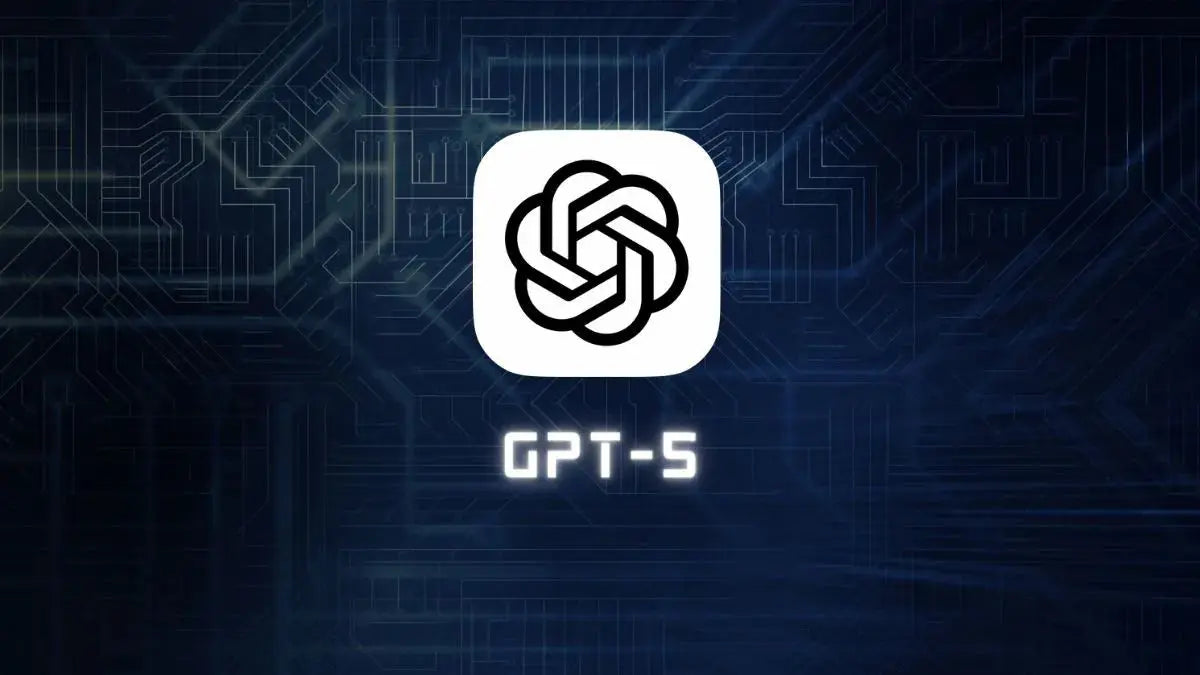With OpenAI's announcement of GPT-5, the world of artificial intelligence is preparing to welcome a major breakthrough that promises to redefine the capabilities of language models. GPT-5, the successor to GPT-4, is under development and is already attracting strong interest for its promise of significant improvements in natural language understanding and generation, as well as other innovative areas such as in charge of video.
What is GPT-5?
GPT-5, for Generative Pre-trained Transformer 5, is the fifth iteration of the language models developed by OpenAI. These artificial intelligence systems are designed to understand and produce text, speech, code, images, and soon, videos, from textual data. Based on the transformer architecture, GPT-5 uses deep learning to analyze and reproduce linguistic patterns from a massive corpus of data.
The Expected New Features with GPT-5
GPT-5 promises to be the most powerful model ever created, with capabilities expected to far surpass those of GPT-4. Among the major innovations, we expect:
- Video support : GPT-5 will be able to process and generate video, paving the way for new multimodal applications.
- Reduced hallucinations : The model should provide increased reliability, with fewer factual errors and better verification of information.
- Customization and modularity : GPT-5 will offer deeper customization, allowing users to choose features according to their needs.
Release Date and Access to GPT-5
Although the exact release date of GPT-5 is not yet known, sources close to OpenAI suggest possible availability as early as next summer. The model is currently in the training and security testing phase. It is likely that GPT-5 will first be accessible via ChatGPT Plus, before possible availability on the free version of the chatbot.
Potential Applications of GPT-5
The application areas of GPT-5 are vast and varied, ranging from natural conversation to quality writing, multimodal content generation and education. GPT-5 could revolutionize the way we interact with machines, providing personalized services and tailored learning experiences.
Implications and Challenges
The arrival of GPT-5 also raises important questions regarding security, disinformation and the ethics of artificial intelligence. The model's ability to generate videos, in particular, could accentuate the risks linked to deepfakes. OpenAI is committed to conducting rigorous testing to ensure the reliability and security of GPT-5 before launch.
GPT-5 represents a crucial step in the evolution of artificial intelligence. With its expanded capabilities and significant improvements, this model promises to transform our interaction with technology. Stay tuned to find out how GPT-5 will shape the future of AI and unlock new possibilities in various industries.



Share: